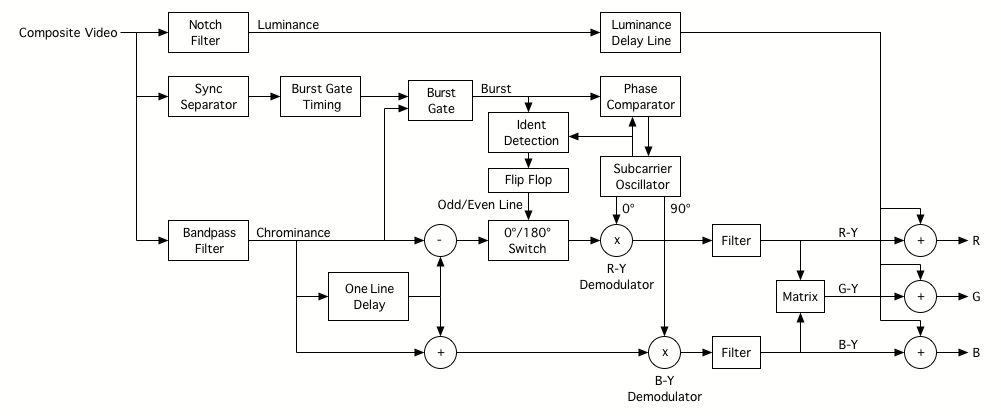
PAL video encoding process and
waveforms
 PAL video encoding process and
waveforms
|
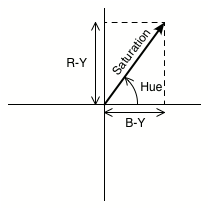
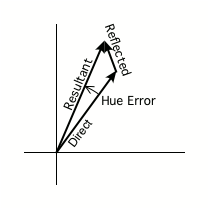
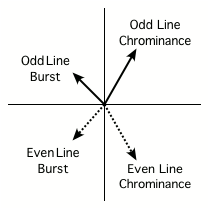 |
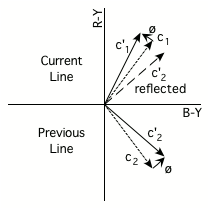 |
|
| Swinging Burst |
Cancelling a phase error ø. Here c1 is the intended chrominance vector, c1' is the received one. Averaging c1' and the reflected c2' gives a vector with the same phase as c1. |
